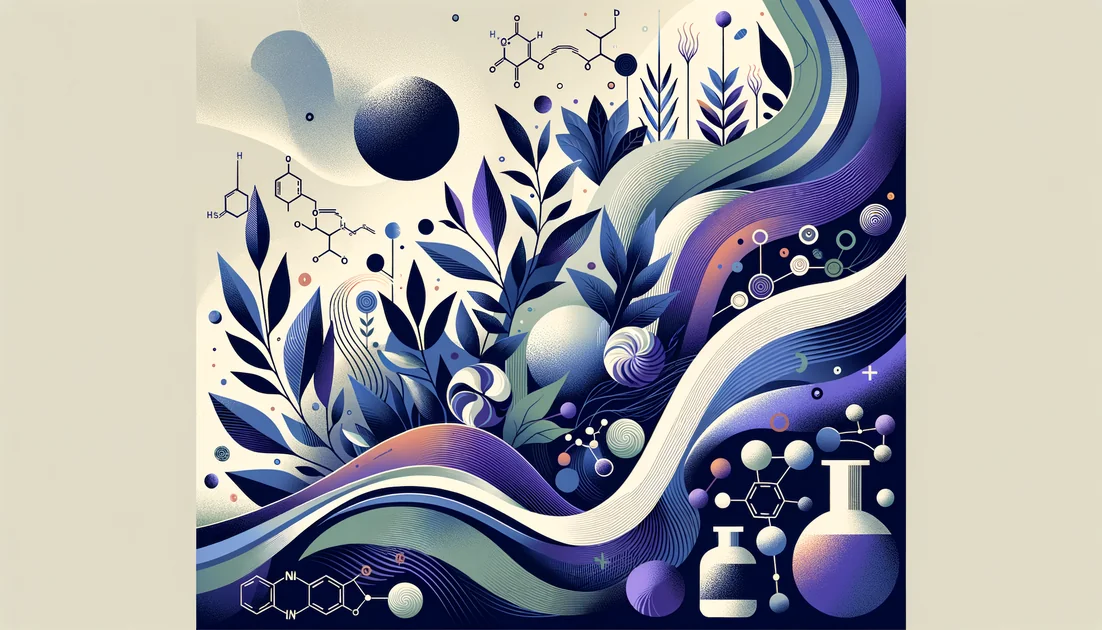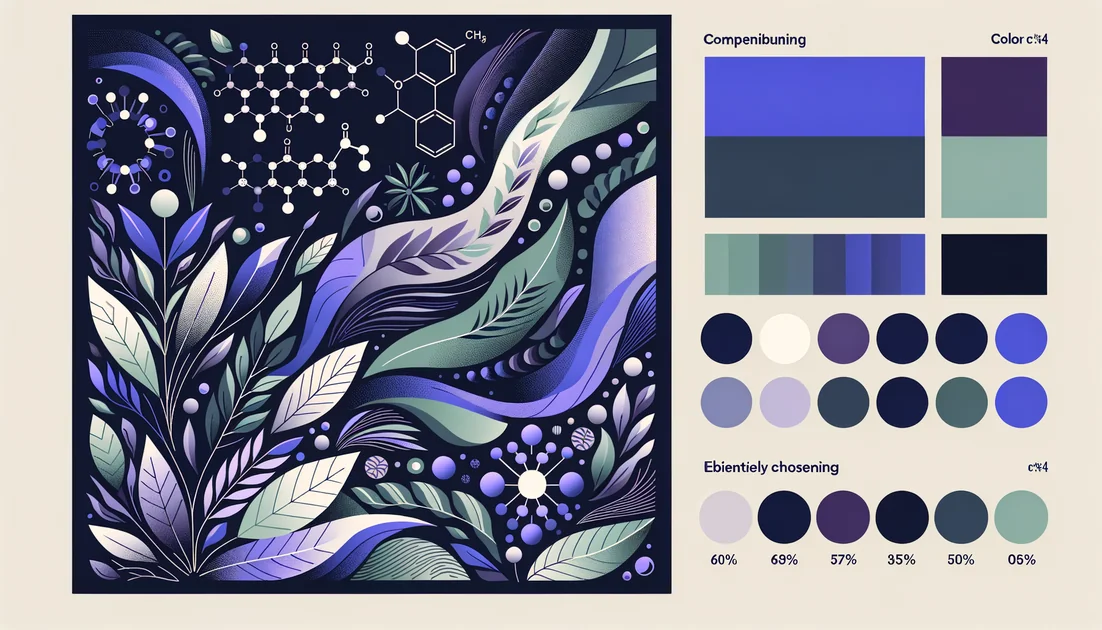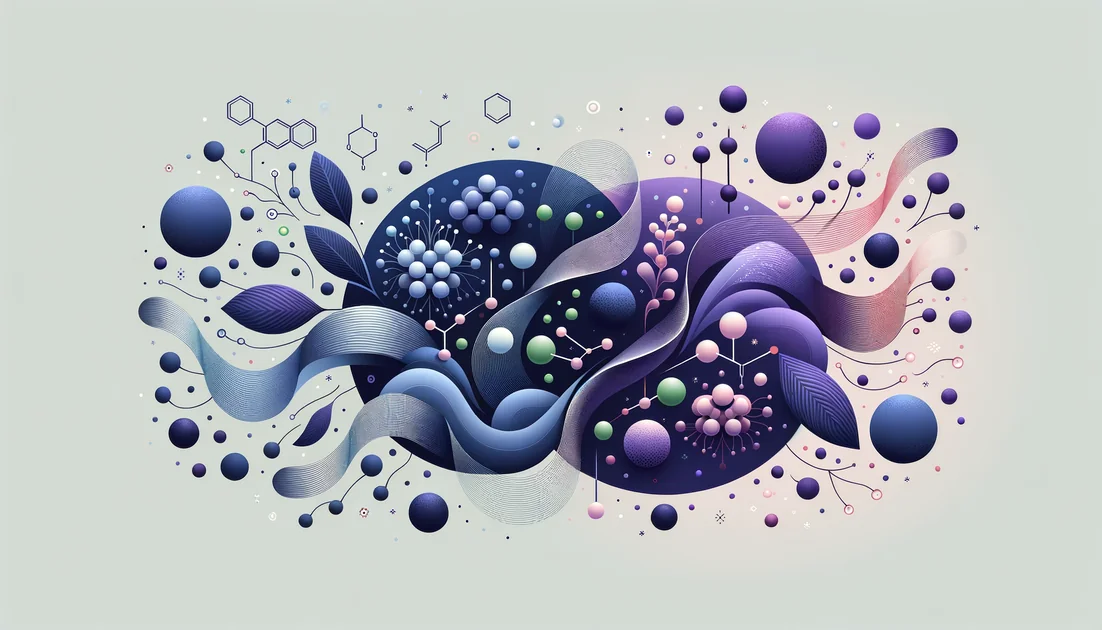
The Raspberry Paradox: Sweet Fruit, Steady Sugar, and a Leaf With a Past
You bite into a bowl of tart-sweet raspberries and expect a sugar surge. Yet in labs from Chicago to Reading, this red fruit—and even its humble leaf—keeps showing up as a quiet stabilizer, not a saboteur, of metabolic and vascular rhythms. How did a berry from Mount Ida become a modern tool for calmer blood sugar and more supple arteries?
- Evidence
- Promising
- Immediate Effect
- Yes (with leaf tea, 15–30 minutes; with fruit, acute post-meal effects). → Hours for vascular flexibility; 4–8 weeks for lipid/insulin-resistance changes.
- Wears Off
- Acute effects fade within 24–48 hours; lipid/IR gains diminish over weeks if intake stops.
From Mount Ida to your breakfast bowl
The species name says it plainly: idaeus—belonging to Mount Ida. Romans were already cultivating raspberries by the fourth century, and English kings later encouraged their spread. The fruit's history reads like a travelogue: wild on mountainsides, then coaxed into kitchen gardens; crimson juice in medieval inks, ruby drifts on summer tarts. The plant's leaves, meanwhile, found their way into the teacups of midwives. Tradition carried the story far; science is only now catching up. [1] [2]
The breakfast experiment
A team in Chicago posed a deceptively simple question: What happens if you fold real raspberries into a high-carb breakfast? In a randomized crossover trial, adults with insulin resistance ate a challenge meal with or without 1–2 cups of red raspberries. The berry breakfasts blunted the after-meal climb—lower insulin demand and, at the higher dose, lower peak glucose, especially in those with prediabetes. Imagine tossing a handful of tiny brakes onto the metabolic roller coaster. [4] Across the Atlantic, researchers brewed a different test: tea from raspberry leaves. In a 2025 randomized crossover study of healthy adults, drinking raspberry leaf tea with table sugar acted like a speed governor. Early blood glucose dropped about a quarter at 15 minutes and nearly half at 30 minutes versus sugar alone; insulin rose less too. The effect didn't happen with pure glucose, hinting that leaf polyphenols slow the "scissor" enzymes that cut sucrose into absorbable pieces. A five-minute infusion was enough. It's an old herb, newly precise. [7]
Inside the berry: color that behaves like a coach
Why would a sweet fruit steady sugar? Raspberries are dense with anthocyanins—the pigments that paint them red—and ellagitannins tucked in the seeds and pulp. Across 44 randomized trials, anthocyanins or anthocyanin-rich berries nudged blood lipids in the right direction (LDL and triglycerides down, HDL up) and tamped low-grade inflammation. Think of anthocyanins as a coach whispering to blood vessels and immune messengers to stay flexible and calm. [3] Raspberries have their own vascular story. In a controlled trial of healthy men, raspberry drinks improved flow-mediated dilation—the measure of how well an artery relaxes—within two hours and still at 24 hours. The researchers traced some of the action to molecules our gut microbes make from raspberry ellagitannins called urolithins, which were higher in plasma when vessels performed better. The berry feeds the microbes; the microbes fashion tools the body recognizes. [5]
When berries meet microbes: a relay race to urolithin A
That microbial handoff matters beyond one artery test. Urolithin A—the downstream product of ellagitannins from foods like raspberries, pomegranate, and walnuts—has been studied as a supplement. In a four-month randomized trial of older adults, urolithin A didn't move every metric, but it improved muscle endurance tests and shifted blood markers linked to mitochondrial efficiency and inflammation. Translation: the berry-to-microbe-to-metabolite relay may help cells clear out tired "power plants," especially as we age. Not everyone makes these metabolites equally, which frames a future of berry benefits personalized by microbiome "metabotypes." [11] [12]
Tradition under the lamp: the raspberry leaf
For centuries, red raspberry leaf tea was a quiet ally of midwives. When researchers in Sydney finally put it to a placebo-controlled test in 192 first-time pregnancies, the leaf didn't shorten early labor—but the second stage averaged about 10 minutes shorter and fewer forceps were used, with no harm detected. That's a small, careful signal amid much lore. Today, clinicians still urge nuance: it's not an induction tool, and timing and context matter. [8] What's new is the leaf's metabolic cameo. The 2025 tea study suggests that a simple infusion can soften sucrose spikes—an acute, meal-tethered effect. It's not a diabetes treatment, but it reframes a folk herb as a practical kitchen lever for the modern sugar environment. [7]
A note on "raspberry ketones": the detour worth skipping
Raspberry ketone, a lab-made aroma molecule marketed for weight loss, rides on the berry's reputation without its evidence. Human trials for fat loss are essentially absent, and product testing finds frequent mislabeling. Some formulas mix stimulant-type compounds tied to adverse events. In short: this is not the berry's proven path. Choose the fruit (and leaf), not the hype. [13] [14]
What daily life looks like
With meals: The glucose-steadying story is most convincing when raspberries show up at the table. In trials, 1–2 cups with a carb-rich breakfast eased the after-meal burden in people at risk for diabetes. Frozen works as well as fresh. Picture raspberries folded into oatmeal or yogurt when starches are on the plate. [4] [9]
As a habit: Anthocyanin benefits emerge over weeks. A month of daily red raspberry equivalents (about 1 cup) in adults with prediabetes trimmed LDL cholesterol and signs of liver insulin resistance, and anthocyanin meta-analyses suggest lipid and inflammation shifts with sustained intake. [6] [3]
As tea: For sugary desserts or sweetened drinks, a 5-minute infusion of raspberry leaf (about 10 g) taken with sucrose blunted early spikes in healthy adults. Future studies will test prediabetes and diabetes, but if you're experimenting at home, start modestly and note your response. [7]
Voices from the field
"We showed, for the first time, that a regular intake of substances naturally present in red- and blue-colored fruits can reduce the risk of a heart attack by about 32 percent," said Aedín Cassidy, whose work helped put berry anthocyanins on cardiology's radar. [10] Eric Rimm at Harvard offers the practical coda: "On average, people who eat more berries seem to live a little bit longer," he notes—and he's fond of reminding readers that frozen berries count too. [9]
The arc ahead
Raspberry research keeps pointing to the same choreography: color compounds that coach blood vessels; seed-bound tannins that feed microbes to make urolithins; fiber that slows absorption; and leaves whose polyphenols politely interfere with table sugar's rush. Next up are trials in prediabetes and diabetes for the leaf tea, and microbiome-aware designs that match berry eaters with the metabolites they're built to make. The old plant from Mount Ida is teaching modern lessons about patience, pairing, and the power of food to shape physiology—one bowl, one cup, one meal at a time. [7] [6]
Key takeaways
- •Anthocyanin-rich raspberries are linked to improved lipids and lower inflammation, reframing the berry as metabolic support rather than a sugar spike.
- •In prediabetes, adding 1–2 cups (125–250 g) of red raspberries to a high-carb meal reduced post-meal insulin and, at higher doses, glucose.
- •About 1 cup daily over 4 weeks shifted LDL and hepatic insulin resistance markers in prediabetes, aligning with the article's 'promising' evidence level.
- •Raspberry leaf tea (≈10 g, 5-minute infusion) blunted early glucose and insulin spikes when sucrose was consumed, but not with pure glucose.
- •Practical timing: pair berries with starches at breakfast or lunch; sip raspberry leaf tea with sweets to soften sugar's impact.
- •Cautions: avoid high-dose raspberry leaf early in pregnancy without clinician guidance; monitor if on glucose-lowering meds; skip raspberry ketone supplements.
You might also like
Explore more of our evidence-led investigations, comparisons, and guides across every article style.

Allergy Research Group (ARG)
Practitioner-grade, hypoallergenic testing culture—with premium pricing and limited public COAs

Tongkat Ali (Eurycoma longifolia) vs Fadogia agrestis
Pick Tongkat Ali if you want an option with human trials, defined dosing, and standardized extracts. Skip Fadogia agrestis for now—there are no human trials and animal toxicity signals raise caution. [1][2][3][5][12][13]

Best for Fatty Liver (NAFLD/MASLD and NASH)
Omega-3s (EPA/DHA)

Methylsulfonylmethane (MSM)
A solvent changed the way surgeons preserved organs—and in its wake, an odorless offshoot quietly slipped into runners' bottles and arthritis pill organizers.


Tocotrienols
The stealthier cousins of vitamin E—built with springy tails that move differently in cell membranes and behave differently in your body.
